PSVR 2 vs Oculus Quest 2: how do the two virtual reality headsets compare?
We put the PSVR 2 and Quest 2 head-to-head
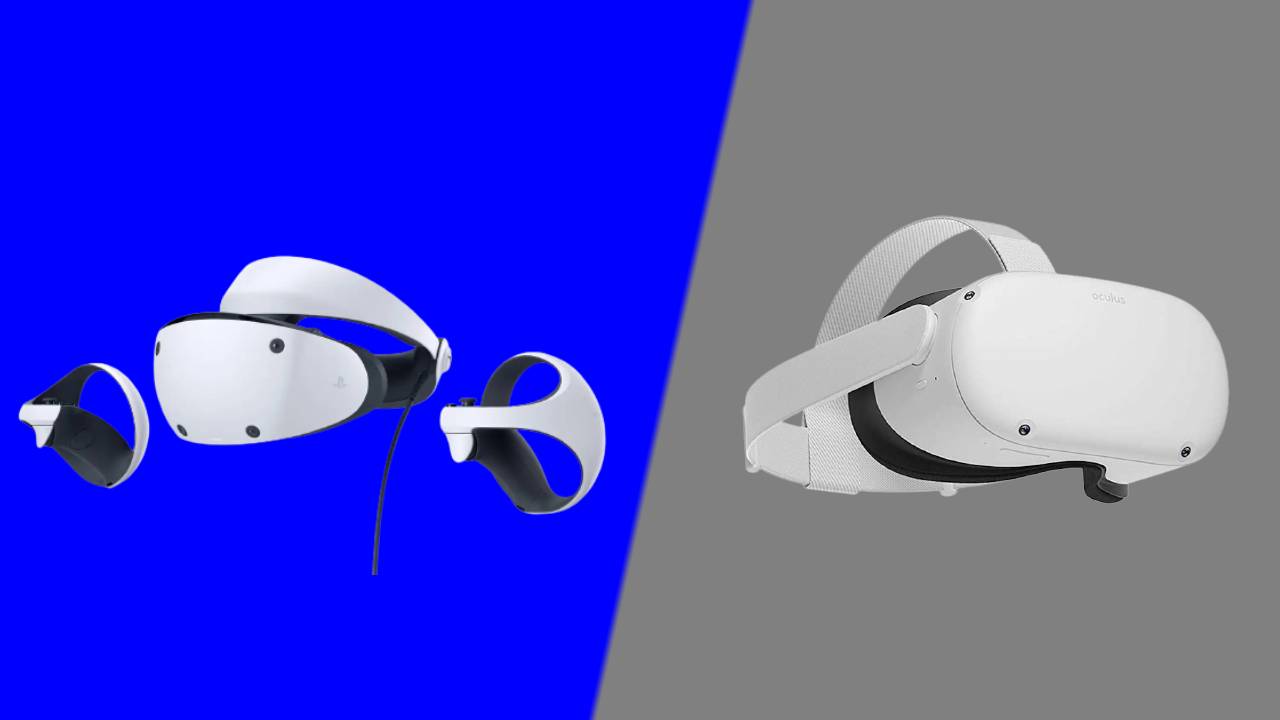
Which VR headset should I buy, PSVR 2 or the Oculus Quest 2? With Sony's headset to launch toward the end of 2022 – supply issues permitting – its main rival in the virtual reality space is likely to be the Oculus Quest 2 (recently rebranded to Meta Quest 2). But how do these two headsets compare?
Things are pretty close when it comes to the overall headset specs, but there are a few key differences worth bearing in mind. We’ll touch on the strengths and weaknesses of each, and make some educated guesses along the way, to help you decide which one is right for you.
So, when it comes to PSVR 2 vs Quest 2, which VR headset should you choose? Read on to find out the similarities and differences between two of the hottest headsets in the VR space.
PSVR 2 vs Quest 2: price and release date
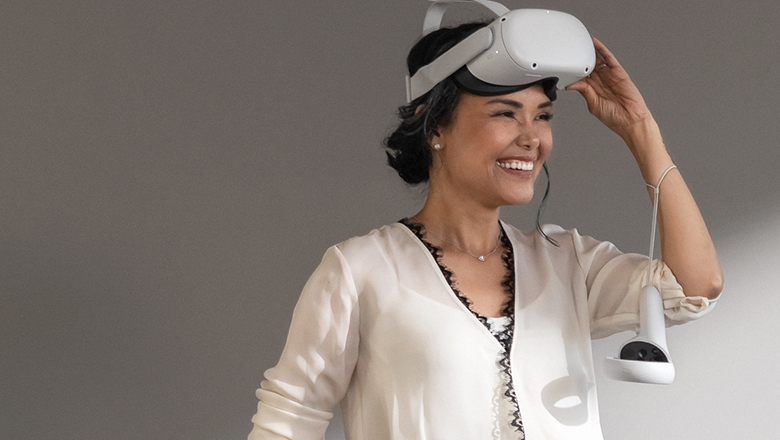
We’re still waiting to find out exactly how much PSVR 2 will cost. However, a quick look at the original PlayStation VR’s launch price may give us a clue as to what we can expect. That's providing it hits Sony’s rumored release date of late 2022.
The original price for a full PSVR bundle was $499 (£399, about AU$650), which certainly isn't cheap. Consider that you’ll also need a PS5 to use it. The PSVR 2 is set to include the PlayStation VR2 Sense controller, but $499/£399 could be too expensive for some.
In comparison, the Quest 2 was released on October 13, 2020, and the 128GB version typically sells for $299 / £299 / AU$749. There’s also a 256GB version available for £399 / $299 / AU$639. Unlike the PSVR 2, the Quest 2 is a standalone device, which means you don’t need a PC, console, or an additional screen to use it.
PSVR 2 vs Quest 2: design and features
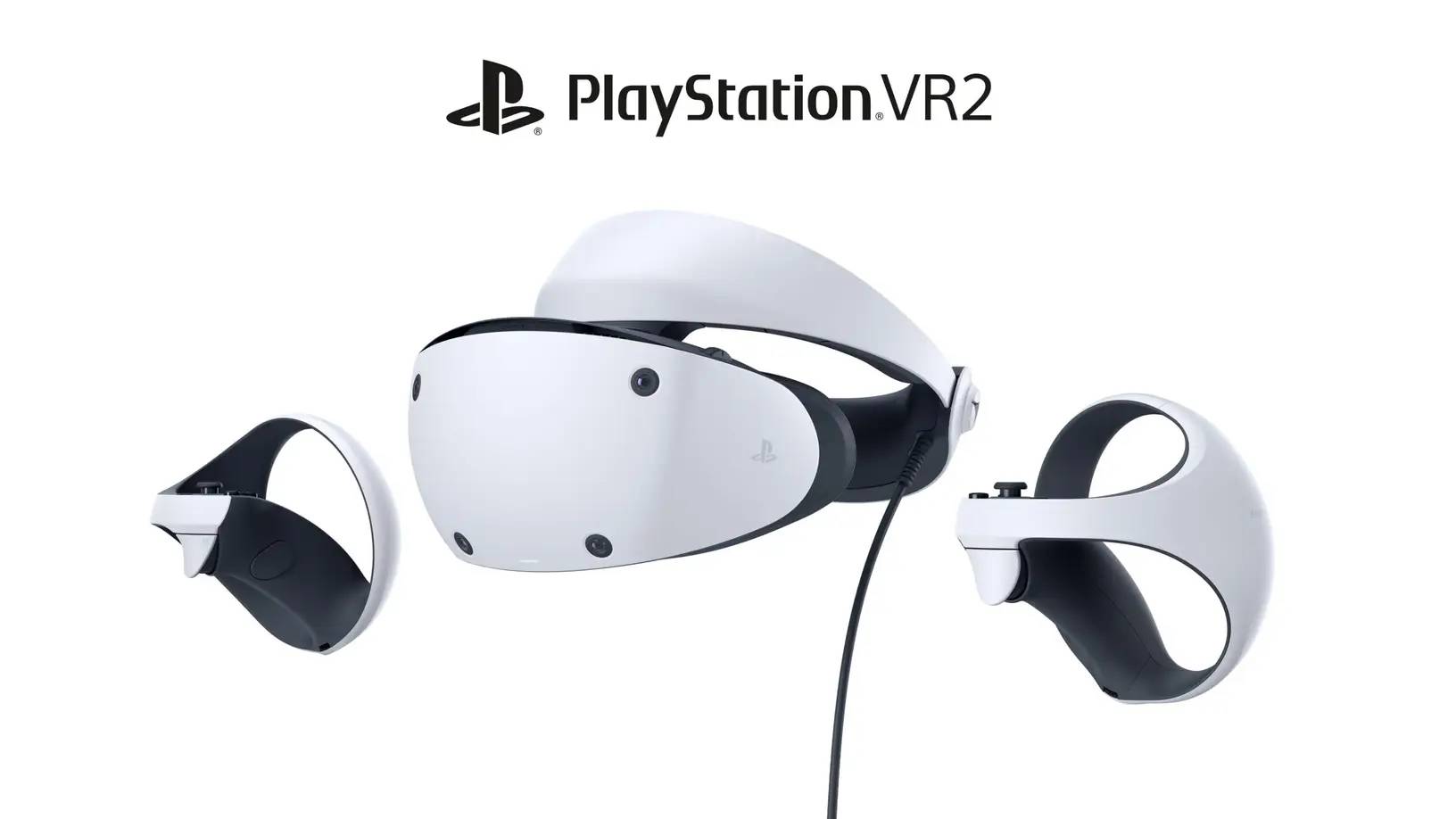
Sony showed off the PSVR 2's headset design, and it's very similar to the company's PSVR model. Sony says the new headset is slimmer, lighter and includes an adjustable headband, adjustable scope area, and a lens adjustment dial. There's also a vent that should keep you cool when gaming.
Get daily insight, inspiration and deals in your inbox
Sign up for breaking news, reviews, opinion, top tech deals, and more.
The PSVR 2 uses a 4K HDR OLED panel, with a resolution of 2000 x 2040 per eye. The refresh rate will be 90Hz - 120Hz, with a field of view of 110 degrees. The PSVR 2 also supports inside-out tracking, is capable of eye tracking, and includes foveated rendering.
Sony has also included a number of sensory features in the PSVR 2, which the company hopes will increase player immersion. The PSVR 2 supports Sony’s Tempest 3D audio tech, and the PSVR 2 Sense controller makes use of haptic feedback, adaptive triggers, and finger tracking. The headset itself contains a built-in motor, capable of replicate sensations like an object passing by your head.
The Quest 2 uses an LCD panel, has a resolution of 1832 x 1920 per eye, which is lower than the PSVR 2, but is capable of the same refresh rate of 90Hz - 120Hz. There’s also inside-out tracking, but no eye tracking on the Quest 2. Its field of view is smaller, too, at 90 degrees.
The Quest 2 comes with a pair of Touch controllers, which have a baton-like handle, triggers for your forefingers and grips, as well as face buttons and analog sticks. These controllers can be tracked by the headset, which allows games to accurately portray your hands and arm movements.
Unlike the Quest 2, which is completely wireless and doesn’t require a PC, console, or any additional hardware, you’ll need a PS5 to use the PSVR 2. Sony’s PlayStation VR2 also needs connecting to the PlayStation 5 using a single cable. You can hook your Quest 2 up to a PC, too, if you want to play certain more graphically intensive VR games.
One thing that might deter some Quest 2 users, however, is that you currently need to log in with a Facebook account. This has been tipped to change in the future by Meta CEO Mark Zuckerberg, who said the company is "working on making it so you can log in into Quest with an account other than your personal Facebook account." However, it's unclear when that change will come into effect.
PSVR 2 vs Quest 2: specs
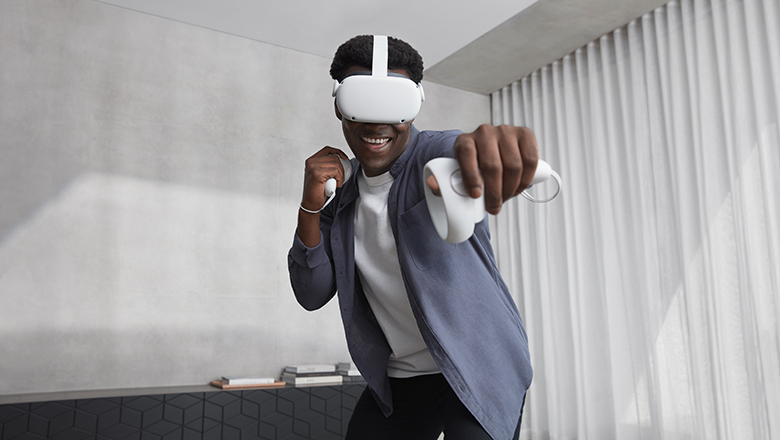
The PSVR 2 certainly sounds like an impressive device on paper. In fact, the specs suggest that Sony’s headset will be one of the most advanced headsets on the market, as things currently stand. Sony shared the full specs of the PlayStation VR 2 at CES 2022, which you can find below:
| PSVR 2 specs | Header Cell - Column 1 |
|---|---|
| Display Method | OLED |
| Panel resolution | 2000 x 2040 per eye |
| Panel refresh rate | 90Hz, 120Hz |
| Lens separation | Adjustable |
| Field of View | Approx. 110 degrees |
| Sensors | Motion Sensor: Six-axis motion sensing system (three-axis gyroscope, three-axis accelerometer)) |
| Cameras | 4 cameras for headset and controller tracking, IR camera for eye tracking per eye |
| Feedback | Vibration on headset |
| Communication with PS5 | USB Type-C |
| Audio | Input: Built-in microphone, Output: Stereo headphone jack |
The Quest 2 is no slouch when it comes to specs, however. The headset may already be over a year old, but it still provides a fantastic experience. It also has the added benefit of being a standalone and wireless device, something which no other headset can offer. Check the full specs of the Oculus Quest 2 below to see how it compares to the PSVR 2:
| Oculus Quest 2 | Header Cell - Column 1 |
|---|---|
| Display Method | LCD |
| Panel resolution | 1832 x 1920 per eye |
| Panel refresh rate | 90Hz, 120Hz |
| Lens separation | Adjustable |
| Field of View | Approx. 90 degrees |
| Sensors | Motion Sensor: Six-axis motion sensing system (three-axis gyroscope, three-axis accelerometer)) |
| Cameras | 4 cameras for headset and controller tracking |
| Communication | Wireless (can be tethered to a PC) |
| Audio | Integrated positional audio |
| Battery life | 2-3 hours |
| Storage | 128 GB, 256 GB |
| Processor | Qualcomm Snapdragon XR2 platform |
PSVR 2 vs Quest 2: games
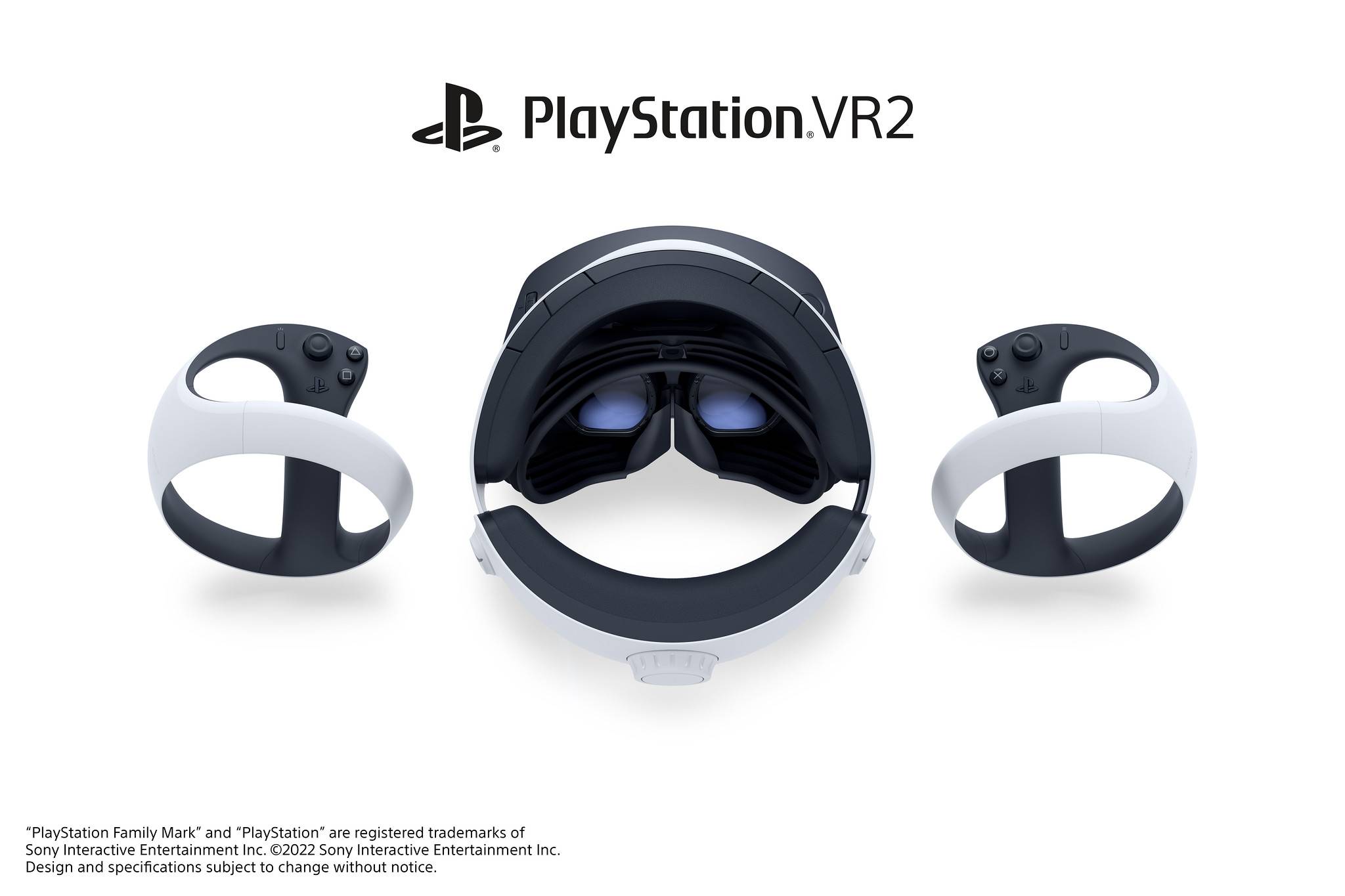
The PSVR 2 will likely be home to a number of exclusive titles that you won’t find anywhere else, like Horizon Call of the Mountain, a new spin-off game in the Horizon series. We expect that Sony’s headset will also attract some of the most popular VR games, too, like Beat Saber, and Pistol Whip. There’s a strong possibility we could see upgraded versions of older PSVR games that take advantage of the new hardware and PS5.
It’s unclear whether the PSVR 2 will be backward-compatible with older games, but we seriously hope it is. Having a large library of titles to play on day one would certainly be a boon to new adopters, and make the PSVR 2 feel like a more appealing purchase to those who may already have amassed a large selection of VR titles.
The Quest 2 already has a vast library of games to play right now, and because you can tether it to a PC, that expands its library further. Titles like Superhot VR, Tetris Effect, and I Expect You To Die all work great on the Quest 2, and you don’t need to stump up any cash for any additional hardware.
PSVR 2 vs Quest 2: verdict
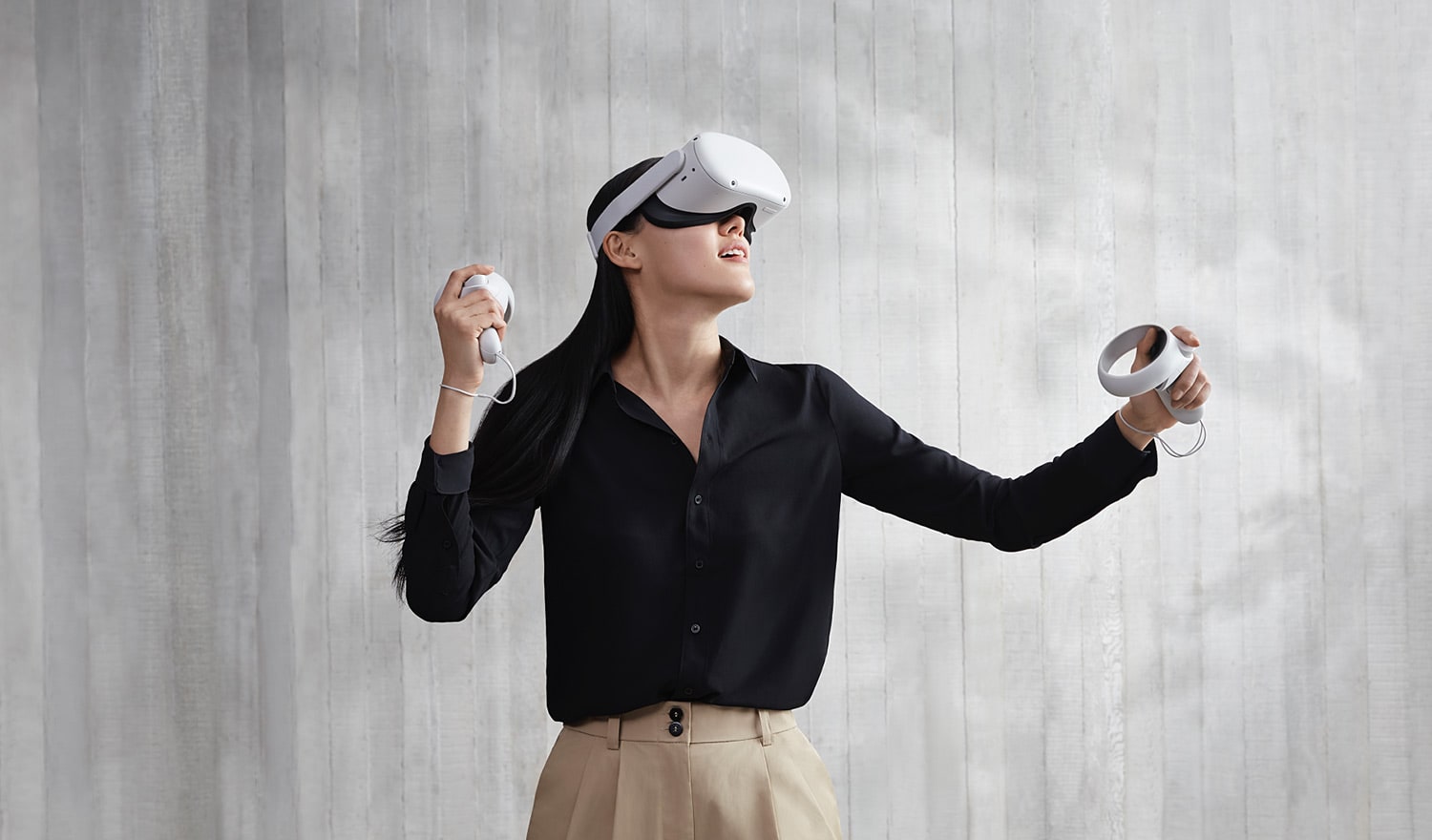
It’s difficult comparing a device that’s available right now to one that’s set to arrive in the future. However, it’s clear that Sony’s PSVR 2 headset will be a strong contender for best VR headset if it releases this year.
The Quest 2 may be bested by the PSVR 2 when it comes to specs, but it has two big advantages: wireless play and the fact you don’t need additional hardware like a PlayStation 5. With VR adoption growing slowly, the need to purchase a $499 / £449 console and headset separately is a large barrier to entry, which could mean that only a small portion of PS5 owners take the plunge.
Sony could also face stiffer competition in the form of the Quest 3. That's believed to feature improved specs and maintain many of the key selling points of the Quest 2, such as a lower price and wireless play.
Ultimately, it’s software that will help drive hardware sales of both devices. With VR games becoming more popular with each passing year, it’s great to see Sony sticking with virtual reality after PSVR’s somewhat middling performance.
- PSVR 2 vs PSVR: is it worth the upgrade?
Adam was formerly TRG's Hardware Editor. A law graduate with an exceptional track record in content creation and online engagement, Adam has penned scintillating copy for various technology sites and also established his very own award-nominated video games website. He’s previously worked at Nintendo of Europe as a Content Marketing Editor and once played Halo 5: Guardians for over 51 hours for charity. He is now an editor at The Shortcut.
